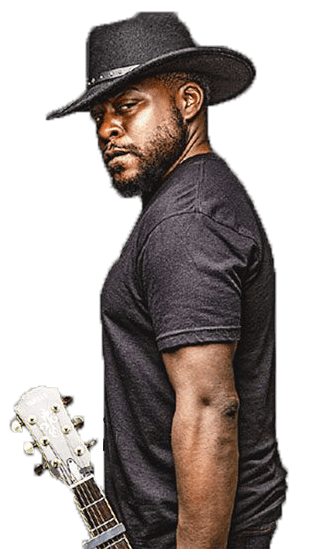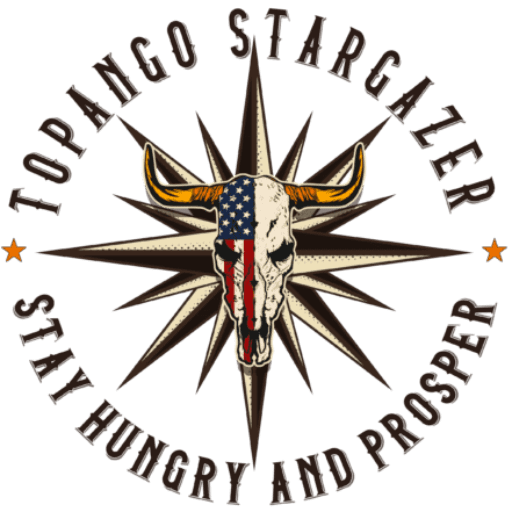About
Topango Stargazer

“The darker the night, the brighter the stars, The deeper the grief, the closer is God!“
-Fyodor Dostoevsky
Who in the hell is
Topango Stargazer?
Country Music Artist and songwriter Topango Stargazer is the latest hopeful in contributions to the Country Music genre. Born Tower J. Hazard, in Upstate New York ( near Iroquios Confederacy Lands ) Topango Stargazer blends soulful raspy textures with traditional country rhythms and melodies. In 2006, (2) of Topango’s songs of which he wrote and performed (“Boy to a Man” & “Frustrations”) were placed on Warner Bros. Television shows. This yielded his first song, sound/engineering placement on network television.
Growing up, it was Topango’s grandfather, Lawrence W. Hazard, a WWII veteran and avid hunter; that passed down his love of rural living, and the country lifestyle. A native of Woodstock and Rutland, Vermont; Larry’s influence of his personal favorites like Charlie Pride, Oak Ridge Boys, and Western films has cultivated Topango’s love of country music and lifestyle today.
As an honorably discharged and disabled veteran of the United States Marine Corps, Topango holds veteran issues near and dear to his heart. Having struggled with homelessness, and displacement; he perseveres with natural talent to bring you his story through music and other art forms.
What's in a Name:
Topango Stargazer
Albeit, difficult to find a name cooler than Tower J. Hazard; the name Topango Stargazer was adopted and only slightly modified in honor of his co-worker’s late family service dog, Topanga Stargazer.
Stargazing is an age old practice that has aided in simple enjoyment, scientific study, astrological beliefs, seafarers navigation, and guiding conductors [1] and runaway slaves on the Underground Railroad. This is coincidentally relevant and a particularly special little known fact as Topango’s forefather Tower J. Hazard I, a leading abolitionist and station master, [2] worked with the likes of famed American abolitionist Ms. Harriet Tubman to hide runaway slaves in the Hazard family home along the Northern Freedom Trail. [3]
After the Marine Corps, Topango decidedly stayed in Southern California with an initial dubious hope of pursuing his dreams. Among his favorite places to visit while escaping the trappings of big city life is Topanga Canyon/Topanga, California (Los Angeles County)
Topanga is the name given to the area by the Native American indigenous Tongva tribe,[4] and may mean “where the mountain meets the sea”[5] or “a place above.” The name in the Tongva language, Topaa’nga, has a root topaa’- that likely comes from the Chumash language.[6] It was the western border of their territory, abutting the Chumash tribe that occupied the coast from Malibu northwards. The Chumash people considered Lower Topanga a sacred, economic, and cultural meeting place for tribes all along the coast. One of the main neighborhoods, the “Rodeo Grounds”, takes its name from an actual rodeo arena that existed there on a Mexican ranch in the 1800s. In the early 1900s, Lower Topanga was a Japanese fishing village. Topanga was first settled by Mexicans in 1839.[7] In the 1920s, Topanga Canyon became a weekend getaway for Hollywood stars with several cottages built for that purpose. During the 1960s, Topanga Canyon became a magnet to many new artists.
References:
1-3. Walls, D. (2012, February 05). The Underground Railroad: The William Still Story, Underground
Railroad Terminology. PBS.org.
4. Bright, W. (1998). 1500 California Place Names 3rd Ed. UC Press. pg 155.
5. “Topanga Baby Name”. babynames.com. Retrieved November 11, 2019.
6. Johnson, John R. “Ethnohistoric Overview for the Santa Susana Pass State
Historic Park Cultural Resources Inventory Project” (PDF). Retrieved July 19, 2020
7. “Topanga”. Before the Spanish settled the area, land was given to Mexican soldiers. In 1828, the Mexican governor of Alta California, or upper California, gave Francisco Sepulveda 30,000 acres of land. The California State University Northridge. Archived July 6, 2007, at the Wayback Machine
